Ecnu CS Programming Club
ECNUCS_Programming Club
加环境变量:
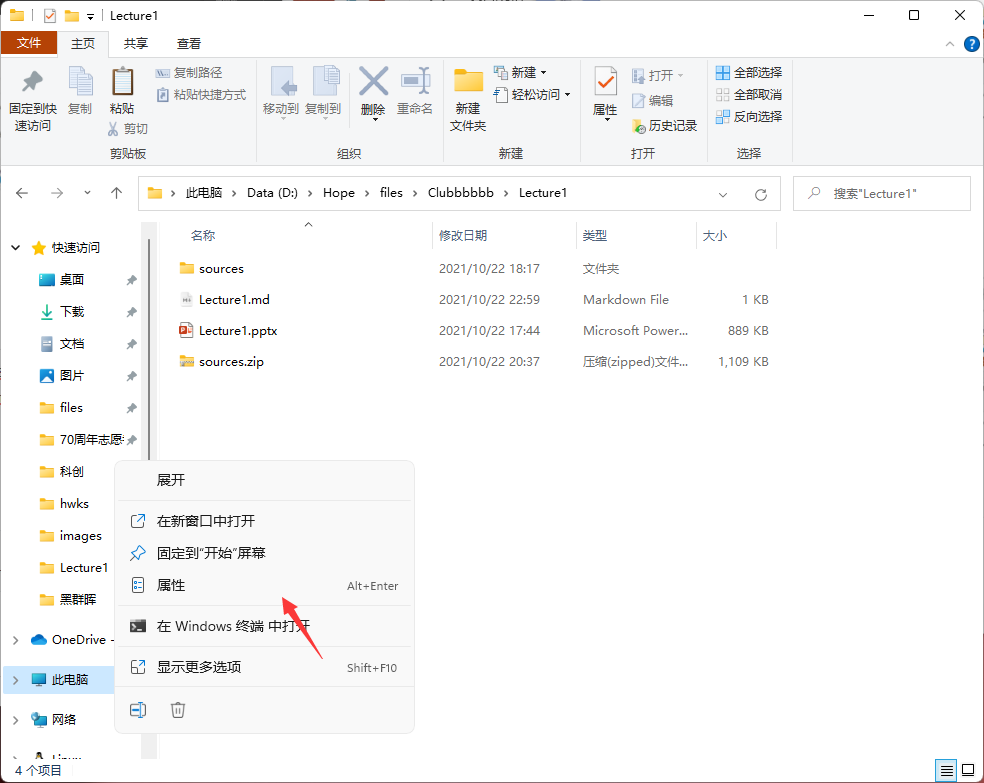
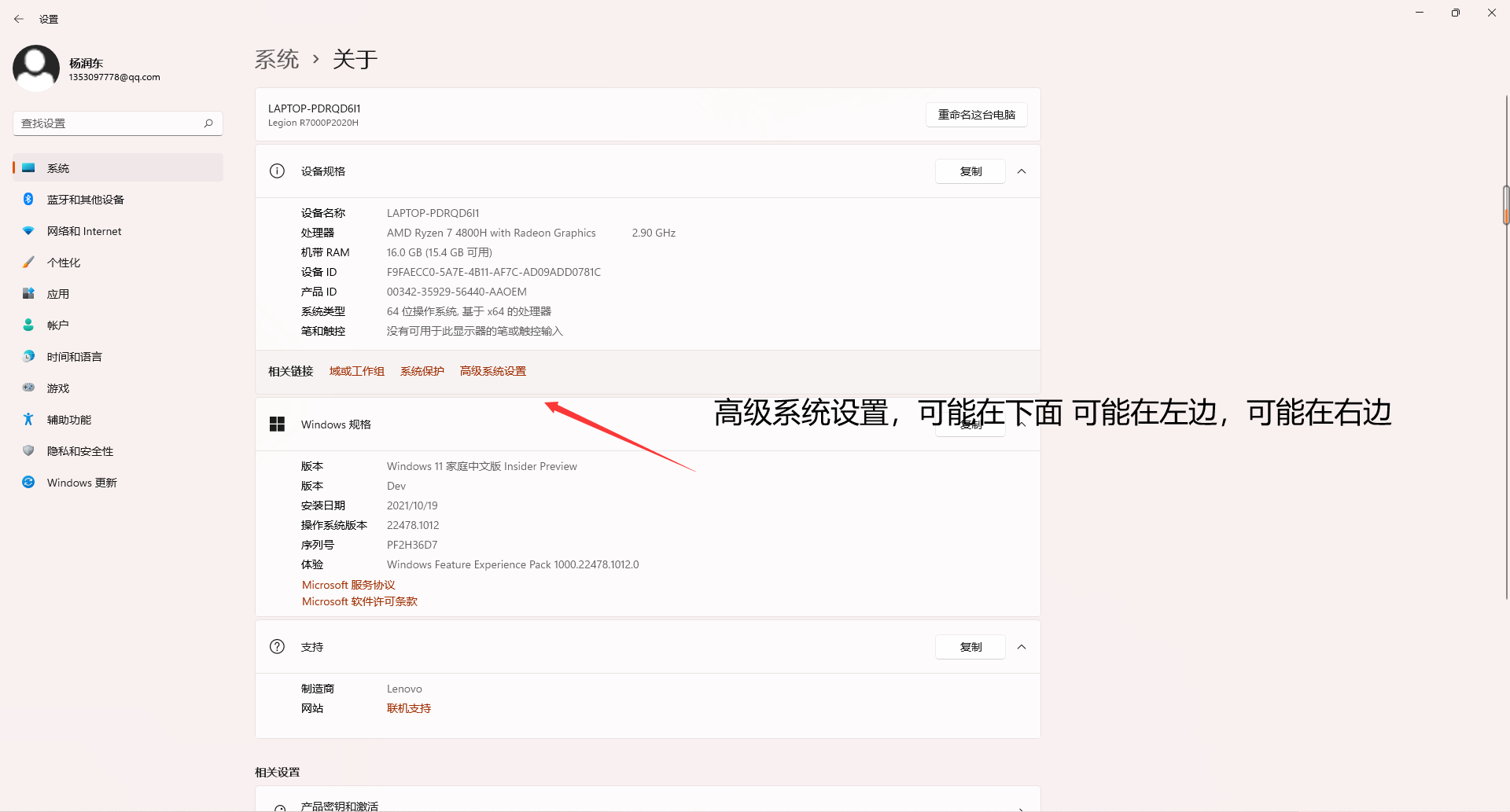
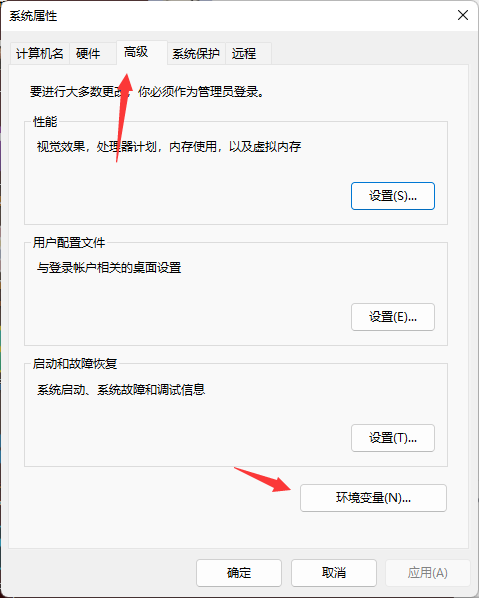
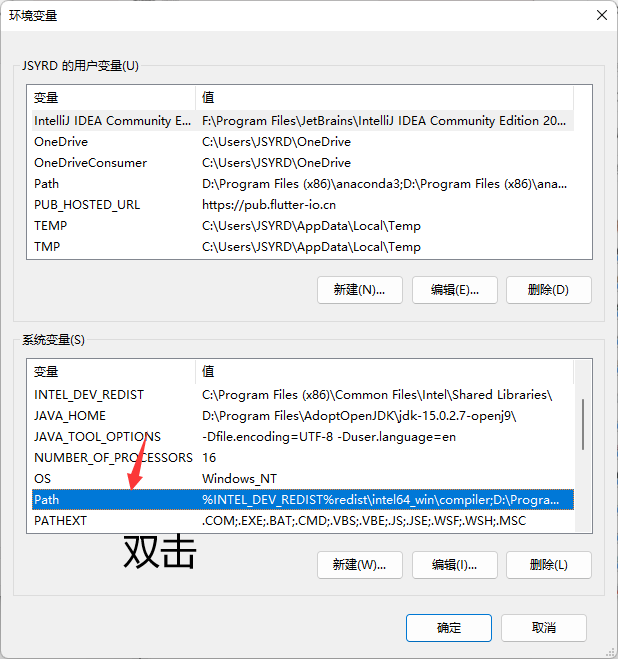
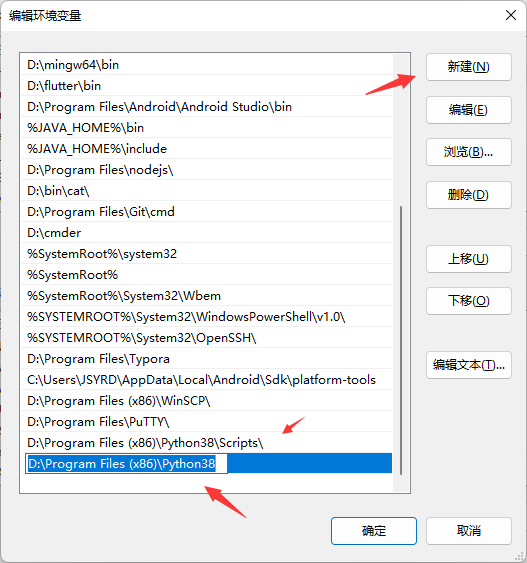
建议把python也加到环境变量里面。
安装pygame
win+r
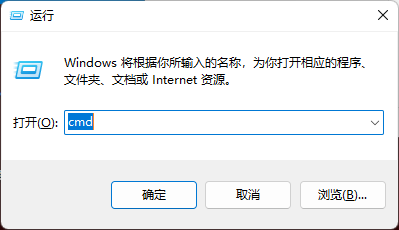
输入 按enter
pip install -i https://pypi.tuna.tsinghua.edu.cn/simple pygame
代码解释
main.py:
import os
import pygame
from components import ball,tools
import data.config as cfg
from sys import exit
tools.setup()
screen = pygame.display.set_mode(cfg.SIZE)
myBall = ball.Ball()#create a ball
while(True):
eventList = pygame.event.get()
screen.fill(cfg.BG_COLOR)
#create a ball
sprites = pygame.sprite.Group()
sprites.add(myBall)
for event in eventList:
tools.detectQuit(event)
if event.type == pygame.MOUSEBUTTONDOWN:
myBall.move(event.pos[0], event.pos[1])
tools.flash(sprites,screen)
前5行是导入包部分。import的具体用法可以自行百度或者CSDN。
第7行使用了tools里的setup方法,如下:
def setup():
pygame.init()
pygame.display.set_caption("Hello World!")
事实上就是pygame的初始化。
第8行创建了一个窗口SCREEN,尺寸为cfg.SIZE,具体值在data/config.py内:
import pygame
BG_COLOR=pygame.Color(255,255,255)
SIZE = (WIDTH,HEIGHT) = (1080,720)
FPS = 60
g=0.2
第9行创建了Ball的对象。
11行-24行是游戏主循环。
第12行是获取pygame事件,是一个列表并赋值给eventList。
第13行是填充SCREEN白色。
16-17行是创建一个sprite的组,并且把myBall加进去。
20-24行是交互循环,主要包含了退出检测tools.detectQuit():
def detectQuit(event):
if event.type == (pygame.QUIT):
print("Bye!")
exit()
elif event.type == pygame.KEYDOWN:
if event.key == pygame.K_ESCAPE:
print("Bye!")
exit()
鼠标检测和刷新tools.flash():
def flash(sprites,screen):
fclock = pygame.time.Clock()
sprites.update()
sprites.draw(screen)
pygame.display.flip()
fclock.tick(cfg.FPS)
这里有一句没有提到的就是fclock,他是一个pygame.time里的Clock对象,主要用于控制游戏帧率。可以用fclock.tick(FPS) 来限制游戏帧率。